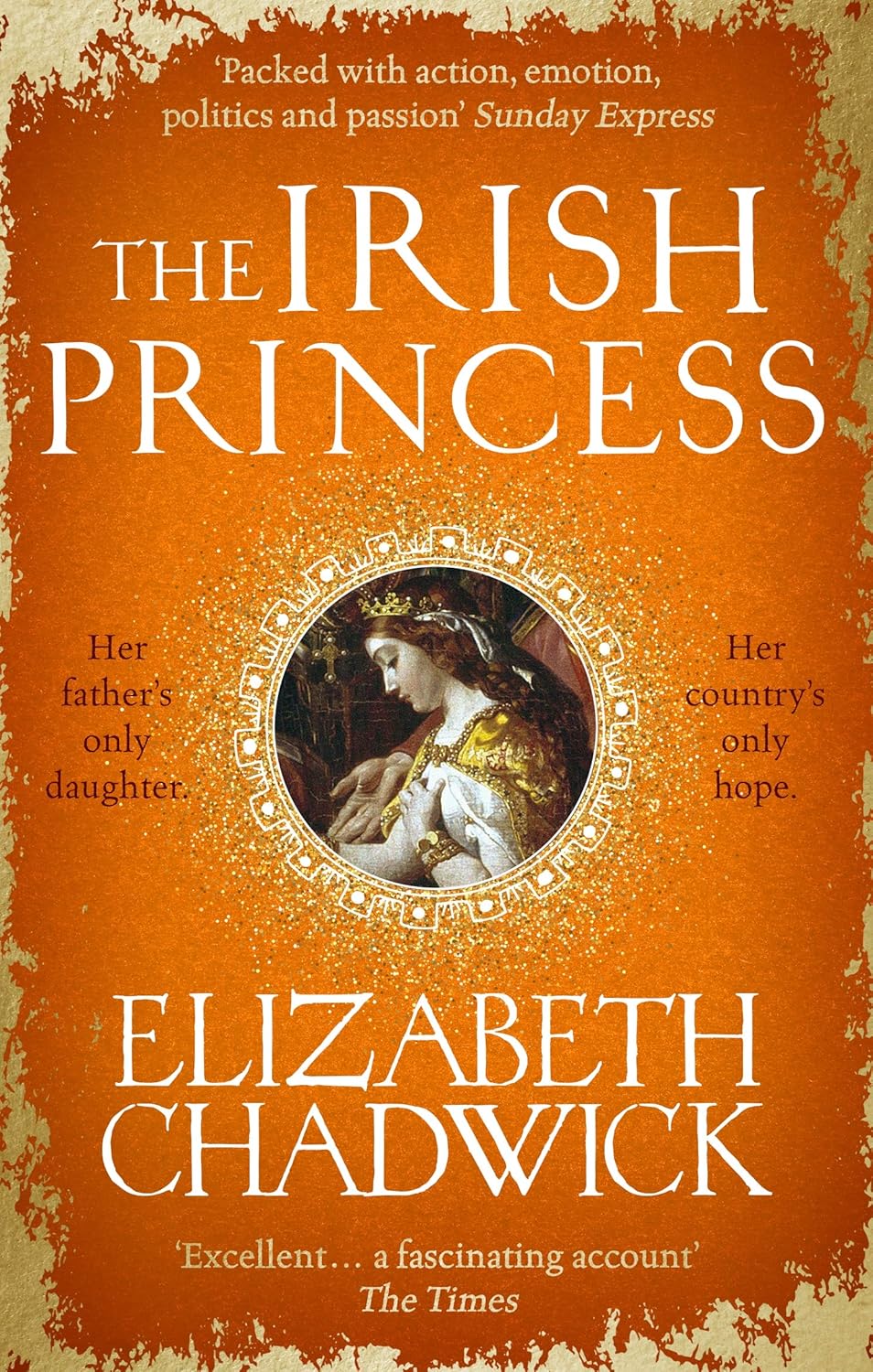I recently dove into The Irish Princess by Elizabeth Chadwick, primarily because I have a deep appreciation for historical fiction that brings the past alive with vivid characters and engaging storytelling. The premise of a strong female protagonist during a tumultuous period in Irish history captured my interest, making this book a must-read for me.
Chadwick’s tale begins in 1152, introducing us to Aoife MacMurchada, the only daughter of Diarmait, King of Leinster. Initially, Diarmait is disappointed to learn that he has a daughter instead of a son. However, as Aoife grows, it becomes clear that she is no ordinary girl. This duality—of being both a precious daughter and a pawn in the political games of men—steers the narrative forward. By 1166, when Aoife and her family are thrust into exile and engage with King Henry II, I found myself completely engrossed in her journey.
One of the standout aspects of the novel is its rich historical detail. Chadwick expertly illuminates the complexities of the time, particularly regarding the Normans’ incursion into Ireland. One reader aptly mentioned that the book sheds light on the de Clare-MacMurchada alliance, which is indeed pivotal to understanding the period’s socio-political climate. The characters were wonderfully fleshed out, each with their own motivations and weaknesses, particularly Aoife, who is portrayed as strong-willed and astute throughout her trials.
Another positive element was the romantic aspect of the story. While some readers found the romance either sweet or lacking, I appreciated how it unfolded organically between Aoife and Richard de Clare. Their relationship is not one of mere attraction; it develops out of mutual respect and shared goals, something that felt refreshing and realistic.
However, I do echo some criticisms mentioned by other readers. There were slower sections where the pacing seemed to lag, especially in the middle of the book. A reviewer noted that the story didn’t truly pull them in until the last third, and while I felt a connection to the characters early on, I can understand why some readers might feel less engaged during certain stretches. Additionally, though Aoife’s strength is a crucial theme, I did find myself wanting more depth in her character’s exploration at times.
Another drawback was the ending. I agree with a review stating that it left something to be desired, particularly if you enjoy seeing characters receive their comeuppance. It felt somewhat abrupt and left me wishing for a more satisfactory resolution for some antagonists in the story.
Overall, The Irish Princess is a well-crafted narrative that deftly explores themes of love, duty, and resilience against a backdrop of historical turmoil. It met my expectations and provided insights into a lesser-known aspect of Irish history, with a compelling heroine at its heart. The characters were engaging, reflecting a vibrant Irish spirit that adds to the story’s allure.
In conclusion, I would highly recommend The Irish Princess to anyone who enjoys well-written historical fiction that balances romance with a strong narrative arc. It captures the essence of a young woman’s struggle in a patriarchal society while simultaneously providing a window into a significant historical period. Despite its few drawbacks, Chadwick’s storytelling remains engrossing and worthy of the time you invest in it.
Discover the captivating journey of courage and destiny in “The Irish Princess.” >>








